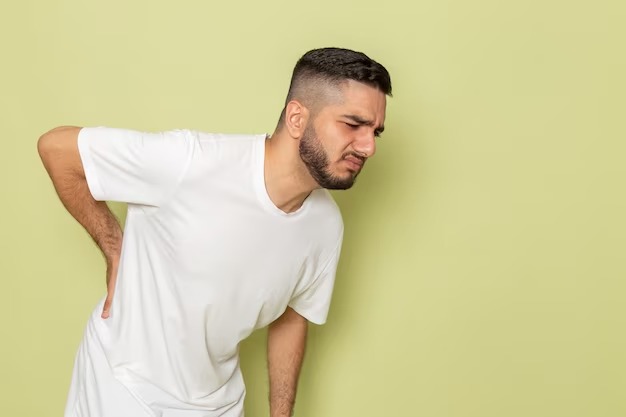Spinal stenosis is a common condition that affects the spinal column and can cause pain and discomfort. It occurs when the spinal canal narrows, which puts pressure on the spinal cord and nerves, leading to symptoms such as back pain, numbness, tingling, and weakness. If you have been diagnosed with spinal stenosis, it’s important to know which activities to avoid to prevent exacerbating your condition. In this blog, we will discuss some activities that should be avoided with spinal stenosis.

- High-impact activities: High-impact activities such as running, jumping, and heavy weightlifting can put excessive strain on the spine and worsen the symptoms of spinal stenosis. These activities can cause jarring and compression of the spine, leading to increased pain and discomfort. It’s best to avoid high-impact activities and opt for low-impact exercises such as walking, swimming, or cycling, which are gentler on the spine.
- Heavy lifting: Lifting heavy objects can cause strain on the back and increase pressure on the spinal canal, worsening the symptoms of spinal stenosis. Avoid lifting heavy objects or use proper lifting techniques, such as bending your knees and keeping your back straight, when you do need to lift something. If possible, ask for help with heavy lifting to minimize strain on your spine.
- Prolonged sitting or standing: Sitting or standing in one position for long periods of time can cause increased pressure on the spine and worsen spinal stenosis symptoms. If you have a desk job, make sure to take regular breaks to move around and stretch. Use ergonomic chairs and set up your workstation in a way that promotes good posture. When standing, avoid prolonged standing on hard surfaces and use cushioned mats to reduce pressure on your spine.
- Twisting and bending: Twisting and bending motions can put additional strain on the spine and exacerbate spinal stenosis symptoms. Avoid repetitive twisting and bending movements, especially while lifting or carrying heavy objects. If you need to pick something up from the floor, use a squatting motion instead of bending from the waist to protect your spine.
 High-impact sports: Certain high-impact sports such as basketball, football, and tennis can involve sudden movements and jarring of the spine, which can worsen spinal stenosis symptoms. Consider avoiding or modifying these activities to reduce the risk of further damage to your spine. Engage in low-impact sports such as swimming, yoga, or golf, which can be more gentle on your spine.
High-impact sports: Certain high-impact sports such as basketball, football, and tennis can involve sudden movements and jarring of the spine, which can worsen spinal stenosis symptoms. Consider avoiding or modifying these activities to reduce the risk of further damage to your spine. Engage in low-impact sports such as swimming, yoga, or golf, which can be more gentle on your spine.- Poor posture: Poor posture can exacerbate spinal stenosis symptoms by increasing pressure on the spine. Slouching or hunching can worsen spinal stenosis symptoms, so it’s important to maintain good posture at all times. Sit and stand up straight with your shoulders back, and avoid slouching or hunching over.
In conclusion, if you have been diagnosed with spinal stenosis, it’s crucial to be mindful of your activities and make appropriate modifications to prevent exacerbating your condition. Avoid high-impact activities, heavy lifting, prolonged sitting or standing, twisting and bending motions, high-impact sports, excessive sitting, and poor posture. Instead, opt for low-impact exercises, use proper lifting techniques, take regular breaks to move around and stretch, and maintain good posture at all times.
If you are suffering from spinal stenosis and looking out for quality treatment, visit Specialty Care Clinics in Texas for effective treatment.
